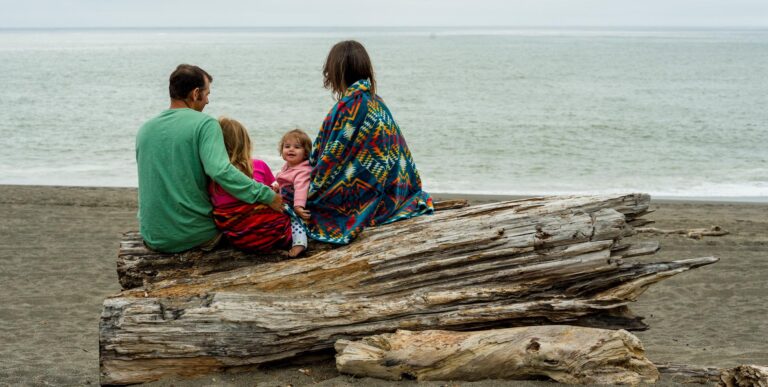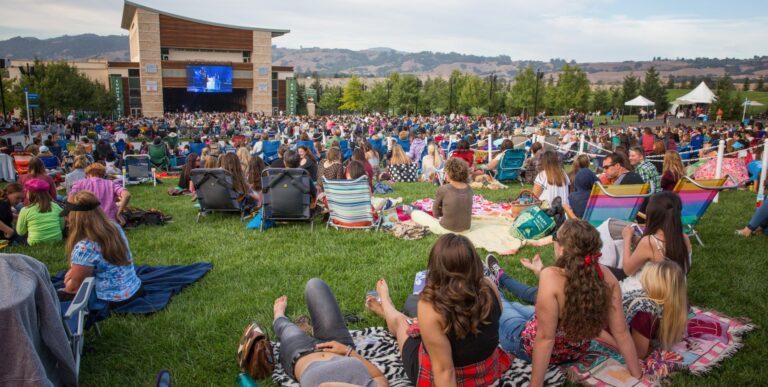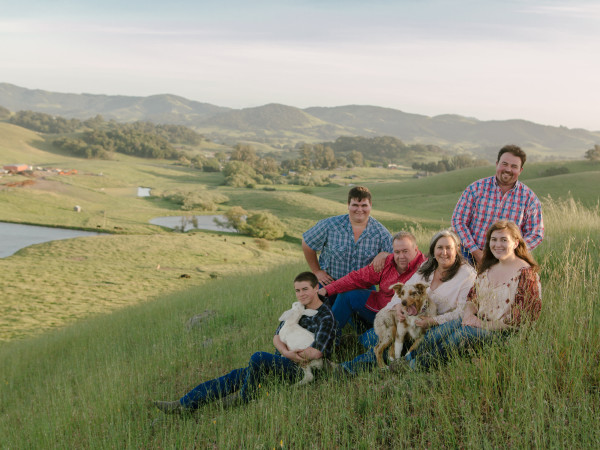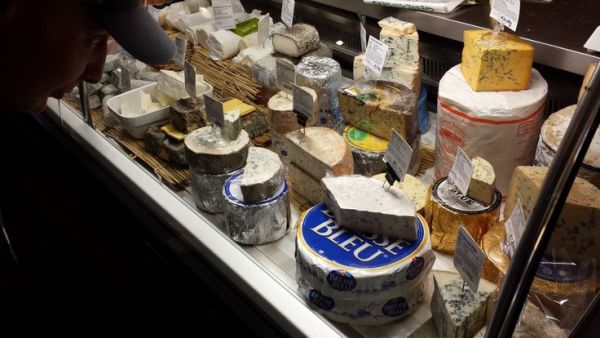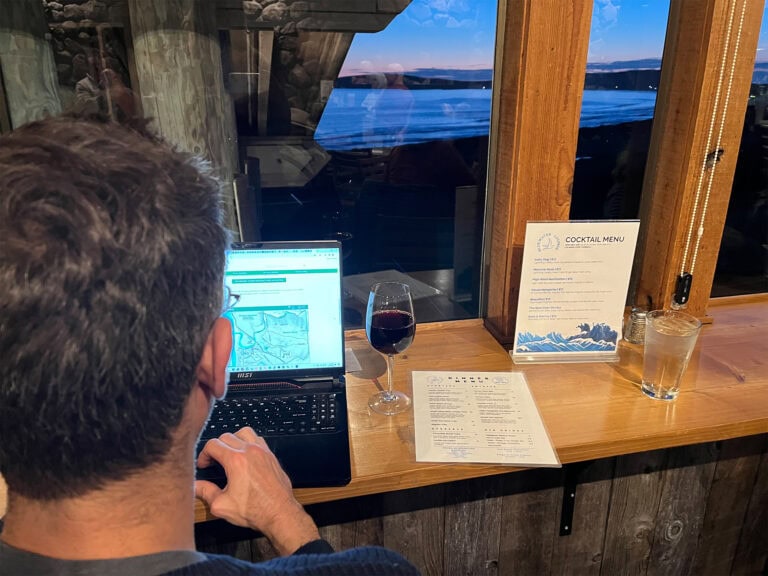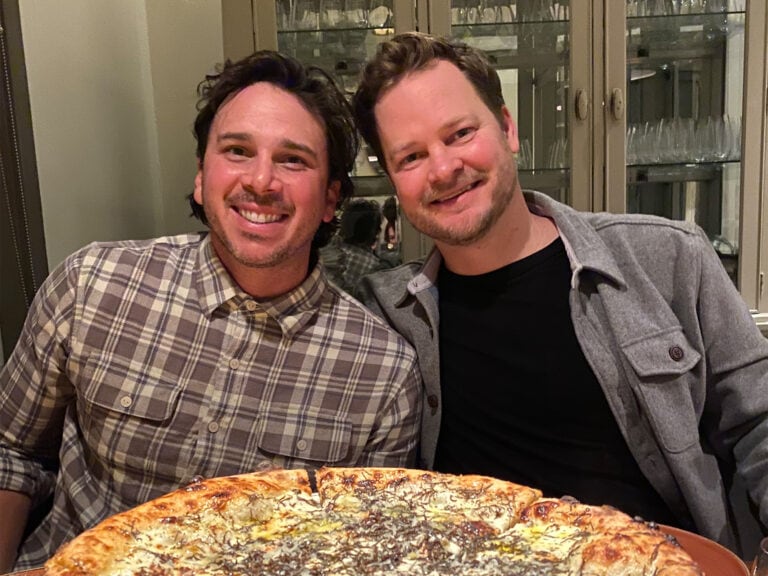The California Cheese Trail in Sonoma County
Experience the delights of hand-crafted cheeses by following the California Cheese Trail, which winds through about a hundred miles of canyons, pastures, and oak-covered hills, linking close to 30 farms and creameries in scenic Sonoma Wine Country.
Reserve tours, tastings, and cheese-making classes, or visit with farm goats, cows, and sheep. From historic creameries to modern farms, here are some of the top stops on the California Cheese Trail:
Achadinha Cheese Company, Petaluma

Jim and Donna Pacheco’s 900 goats graze year-round on verdant pastures at the Pacheco Family Dairy, with healthy supplements of alfalfa and brewers’ grain from local breweries. Here, you’ll find handcrafted cheeses and specialties like smoked summer sausage, as well as farm tours and cheese-making classes.
Vella Cheese Company, Sonoma

Founded in 1931, Vella is among the oldest of Sonoma County’s cheese makers. Family-run and using hand-crafted methods, Vella is known for its delicious, aged jack cheeses made entirely from all-natural, grass-fed cows. Come to the retail shop to taste the award-winning, sustainable-farmed cheeses.
William Cofield Cheesemakers, Sebastopol
The first British-style cheesemaker in Sonoma County, William Cofield, is your go-to for aged cheddar, Stilton-inspired Bodega Blue cheese, and squeaky cheese curds that, unsurprisingly, make an excellent wine snack. Try them all alongside curated meats, wines, and ciders at their Sebastopol location in The Barlow.
Petaluma Creamery, Petaluma

Taste cheeses, purchase premium creamery products, and enjoy award-winning long-churned ice cream made from quality in-house cream. Each of the company’s three cheese brands — Spring Hill Jersey Cheese, Petaluma Creamery Cheese, and Petaluma Gold Cheese — highlights different flavors. The menu at their creamery store includes coffee drinks, breakfast, sandwiches, barbecue, and ice cream.
Tips for Exploring the California Cheese Trail
- Review the Cheese Trail Map, as dairies are spread out and often remote
- Call ahead since farm hours may be seasonal or by appointment.
- Make reservations far in advance, as some are only offered a few times per year
More Cheese Please
The annual Artisan Cheese Festival in Sonoma County is held each March. From tastings and the marketplace to demonstrations and wine pairings, see why this festival is a must for cheese enthusiasts and culinary adventurers alike.
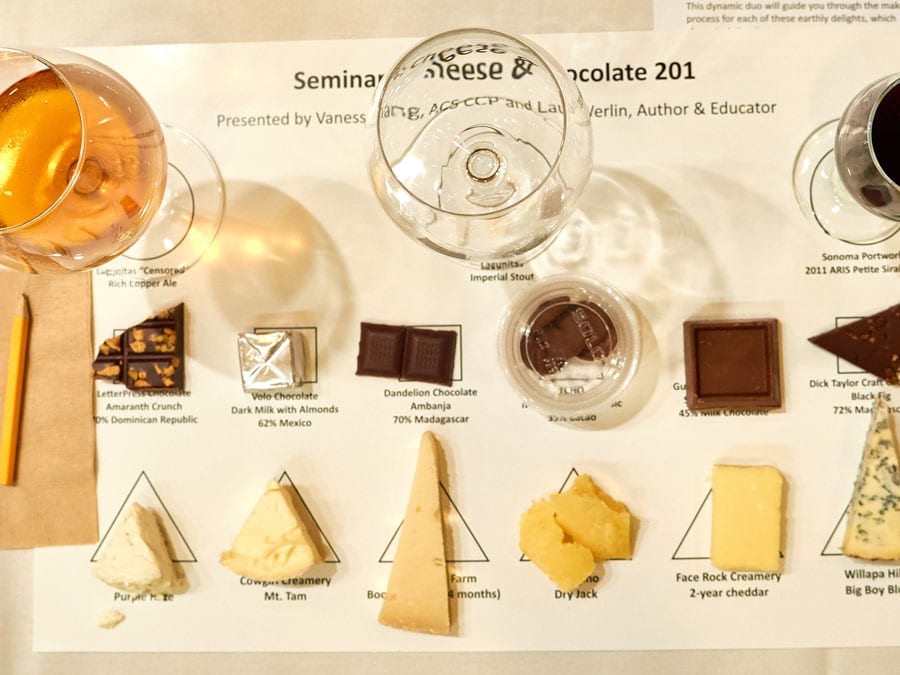
Fun California Cheese Facts
Q: How many goats does it take to make a pound of goat cheese?
A: Two can easily get it done in 24 hours. Larger goats like French Alpines produce an average of nine pounds of milk per day (8.6 pounds = 1 gallon), and it takes about 10 pounds of milk to make one pound of cheese.
Q: What are goats’ necks called?
A: They are called wattles, and, as with the beards, some female goats have them while others don’t.
Q: What’s the difference between mozzarella cheeses?
A: Mozzarella di bufala is the official name the Italian government uses to recognize its production within the Campania region of Naples. American-made cheese of that style must be called ‘mozzarella made from buffalo milk.’ Both are different from the mainstream mozzarella found in America that’s made from cow’s milk.
THIS IS WINE COUNTRY.
Share your experience using #SonomaCounty or #LifeOpensUp


